Eaton leverages cylinder deactivation and exhaust thermal management technologies to reduce commercial vehicle emissions
Green Car Congress
DECEMBER 6, 2021
These agencies, in concert with other national and international regulators, seek to significantly reduce greenhouse gas (GHG) emissions and harmful air pollutants produced primarily by heavy-duty trucks, vans and buses. CDA technology can benefit vehicle manufacturers facing tightening emissions standards in Europe as well.

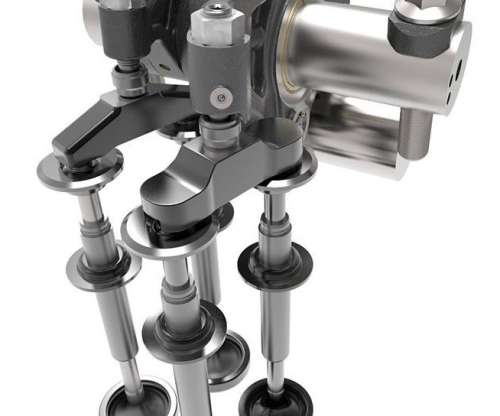

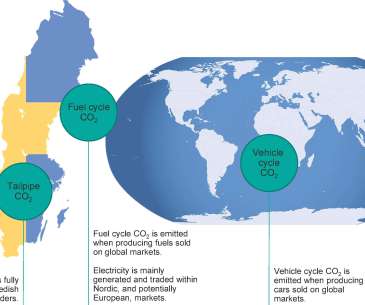



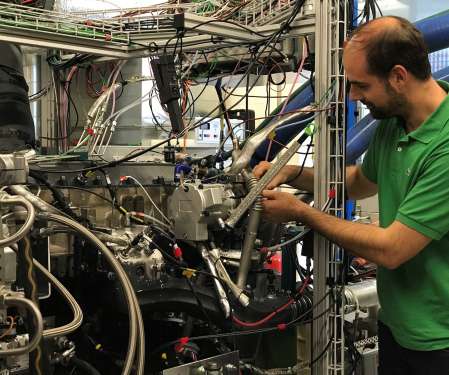










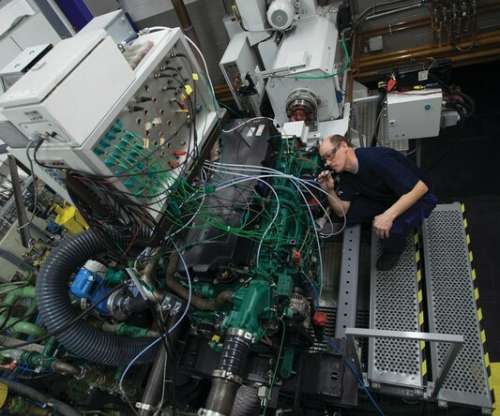





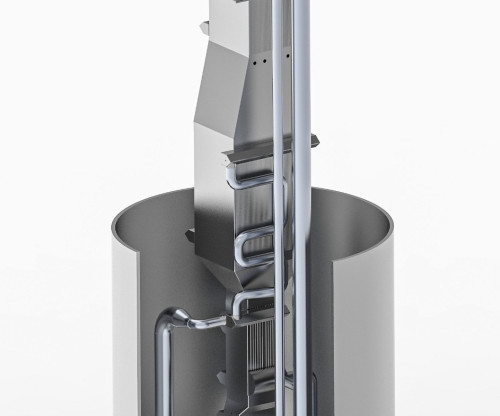

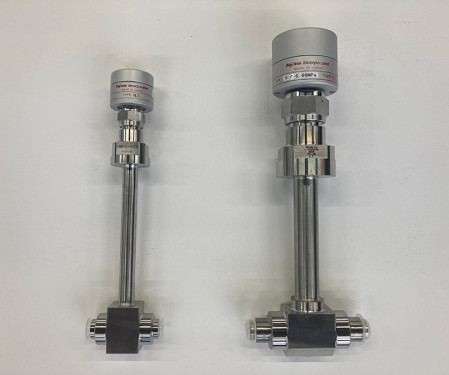






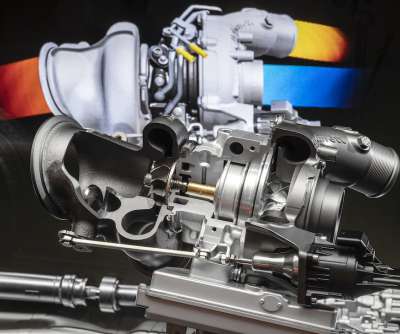










Let's personalize your content